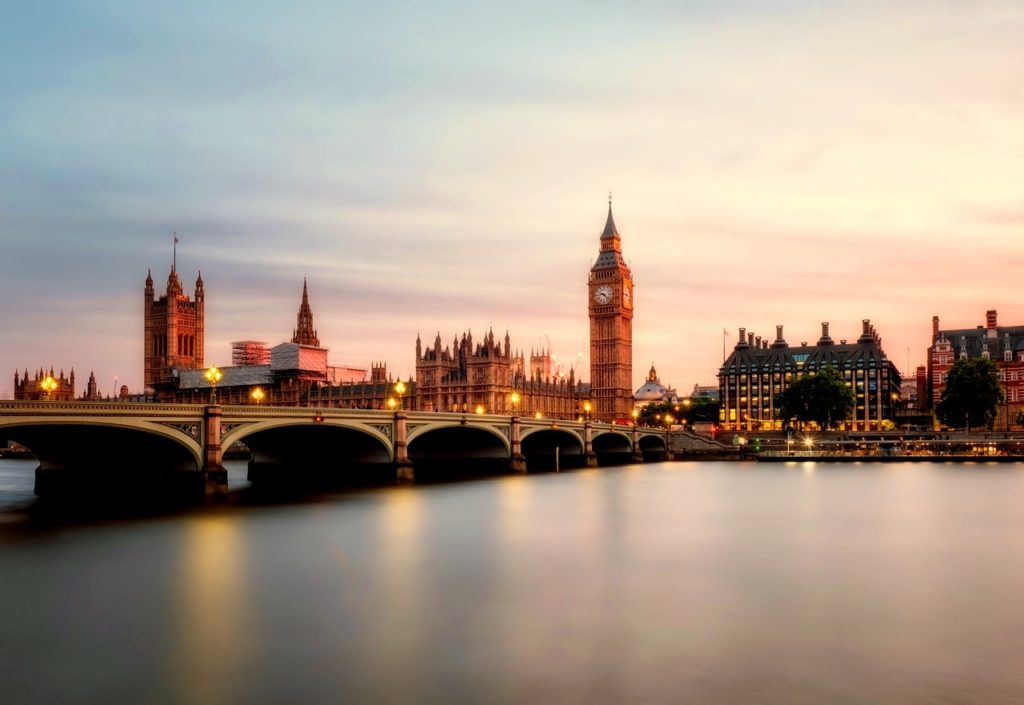
I learned this today. London was built where it is because it is the closest point to the sea that could be bridged.
There may have been a small settlement where London is from prehistoric times, but there is no real evidence for that. There is, however, evidence of a bridge crossing the river Thames at that point, dated from about 1750 BC. It was a very convenient place to cross the river to head north or south, but there was no reason to live there, other than the small settlement that might have developed to service bridge traffic.
London was not the capital city of England until the 2nd century AD. The Romans invaded England in 43 AD. They swiftly moved north and made their capital in Camulodunum, modern day Colchester. They chose that city because it was already the de facto capital of Southern and Eastern Celtic Britain. The city name meant “the fortress of the war god Camulos” and it is the oldest town in Britain.
The Romans invaded Britain in 43 AD and quickly marched north. They realized that they could cross the river Thames at London very easily. They also realized that they could sail their sea-going ships up the river Thames to the point where they could cross the river. Sailing ships that far would save a lot of marching time. The river is close to the sea and deep enough for ships at that point.
The Romans established the city of Londinium in 47 AD. It was a relatively small settlement and basically serviced the bridge and the port that developed. Archaeological evidence found in the 1970s suggests that the early settlement was a product of private enterprise, which would be likely if it was a town that grew up for bridge and sea-going trade. The early settlement grew to be about 1.4km2, and traded goods from all around the Roman Empire have been found.
Things may very well have gone differently, and Colchester may now be the capital city of Britain if Boudica hadn’t razed the towns of Camulodunum and Londinium to the ground. In 60 to 61 AD, Boudica, the Queen of the Iceni, led a revolt against Roman rule in Britain. She killed many Roman soldiers in battle, and she burned the cities of Camulodunum and Londinium to the ground, along with many others. Modern excavation of the cities has found a layer of red ash beneath them, in the layer of earth that corresponds to this date, showing that they were burned to the ground.
Camulodunum is a sensible capital city for the Celtic people, but it doesn’t make much sense if you are connected to an Empire like the Romans were. Londinium makes a lot more sense. The Romans must have realized this because of their reaction after Boudica’s revolt. Instead of rebuilding Camulodunum, they sent garrisons from Camulodunum to Londinium and constructed a large military fort that was 10 times bigger than the original settlement had been and vastly more secure. They also strengthened the bridge over the river and protected the port. This fort lasted about ten years, or until the Boudican revolt had been successfully put down, and then the town was rebuilt as a planned Roman town.
The Romans knew that if they wanted to hold on to the country, they needed to start afresh, rather than just use what was already there. The new town of Londinium was a statement that the Romans were here, and they were going to stay.
The city grew over the centuries and had a population of about 60,000 people when the Roman Empire fell and the Romans left Britain. From then (about 450) until 680, London was basically abandoned with people living nearby in Ludenwic. From 680, the city’s usefulness as a port had been remembered and it started to figure in trade with Europe.
Alfred the Great started to reunite England against the Danes in 886 and he refounded London. People moved from Ludenwic and headed back into London. It became the seat of government because of the wealth it was amassing from trade. The city started to grow and it was the biggest city in England by the 11th century. Various monarchs lived there, making London a political and religious center. However, it wasn’t until William the Conqueror invaded England in 1066 and set up court in London that the city was recognized as the capital city. From there on, it grew and grew.
So, London is where it is because it is on a point of the River Thames that is narrow enough to bridge. It is also close enough to the sea and deep enough for sea-going vessels to reach it. However, it very nearly might not have been the capital city. And this is what I learned today.
Sources
https://londonist.com/london/features/why-is-london-here
https://en.wikipedia.org/wiki/History_of_London
https://en.wikipedia.org/wiki/Londinium
https://en.wikipedia.org/wiki/Boudican_revolt
https://localhistories.org/a-brief-history-of-london/
https://en.wikipedia.org/wiki/Colchester
https://en.wikipedia.org/wiki/Camulodunum

